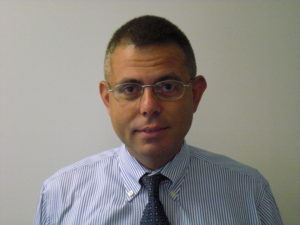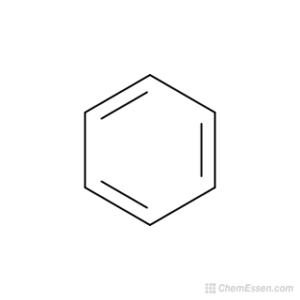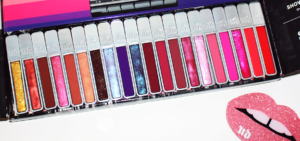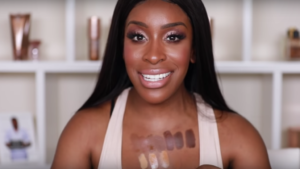(New York, NY, April 2020)—The New York Society of Cosmetic Chemists (NYSCC) announces the launch of a new NYSCC “At Home Live” Series featuring current topics and trends in cosmetic chemistry and formulation. These free educational programs will be offered several times a week starting April 16th and cover topics that are relevant and timely to chemists and product development teams in the beauty and personal care industries.
The first At Home Live Webinar will be “Color Trends: Do you want to be the Front-Runner or Follower?,” presented by Amy G. Marshall, Head of Sales – Cosmetics, ECKART America Corporation on Thursday, April 16th. She will explore the origin, influences and development of today’s colors as well as elaborate on the concept of the Mood Board in developing the trends of tomorrow. This presentation will provide marketing and sales people with a historic perspective that will empower them to lead the market instead of reacting to it and for cosmetic chemists to initiate the process that may result in the next “Big Thing.”
Future series topics include: Hand Sanitizers & Hand Hygiene; Sustainability 101; Healthy Habits: Cleanse + Care; and The Fight Against COVID 19, Science, Hand Sanitizers and Other Forms of Personal Protection, as well as selected presentations from the Suppliers’ Day Revolutionary Disruptor Series.
“This new webinar series will offer our members an easy and comfortable way to stay informed and move their professional development forward. It will also help us stay connected and engaged with our members, colleagues and community while working remotely and in our home offices,” said Giorgino Macalino, Chair, NYSCC.
To register for the April 16th presentation, visit bit.ly/Apr16webinar. For more information on the NYSCC At Home Live Series visit: https://nyscc.org/at-home-live-series/.
###
About New York Society of Cosmetic Chemists (NYSCC)
Dedicated to the advancement of cosmetic science, the New York Society of Cosmetic Chemists, www.nyscc.org, strives to increase and disseminate scientific information through meetings and publications. By promoting research in cosmetic science and industry, and by setting high ethical, professional and educational standards, we reach our goal of improving the qualifications of cosmetic scientists. Our mission is to further the interests and recognition of cosmetic scientists while maintaining the confidence of the public in the cosmetic and toiletries industry. The NYSCC Suppliers’ Day, September 30 – October 1, 2020, at the Javits Center in New York City, has become the most important annual event on the industry calendar in North America for beauty ingredients, formulations, and delivery innovations. It attracts the leading players in the market and has become the showcase for new product launches, and educational programming, on top of being an excellent networking opportunity. For more information and to attend visit: www.nyscc.org/suppliers-day.


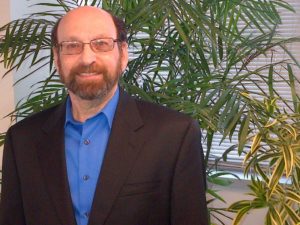 Howard Epstein is Director of Technical Services for EMD Performance Materials Corporation, Philadelphia, PA., an affiliate of Merck KGaA, Darmstadt, Germany. He was a scholar in residence at the University of Cincinnati department of dermatology and received his Ph.D. in Pharmacognasy from the Union Institute & University in Cincinnati, Ohio during that time. He has been in the cosmetics industry for many years since he began his career formulating cosmetics for Estee Lauder, Maybelline, Max Factor, Bausch & Lomb and Kao Brands. In addition to his interest in botanicals Howard previously served as editor of the Journal of the Society of Cosmetic Science and is a member of the International Academy of Dermatology. He is on the editorial board of the dermatological journals Clinics in
Howard Epstein is Director of Technical Services for EMD Performance Materials Corporation, Philadelphia, PA., an affiliate of Merck KGaA, Darmstadt, Germany. He was a scholar in residence at the University of Cincinnati department of dermatology and received his Ph.D. in Pharmacognasy from the Union Institute & University in Cincinnati, Ohio during that time. He has been in the cosmetics industry for many years since he began his career formulating cosmetics for Estee Lauder, Maybelline, Max Factor, Bausch & Lomb and Kao Brands. In addition to his interest in botanicals Howard previously served as editor of the Journal of the Society of Cosmetic Science and is a member of the International Academy of Dermatology. He is on the editorial board of the dermatological journals Clinics in
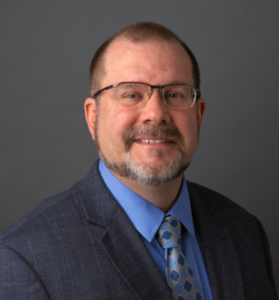 Michael Anthonavage is the current VP of Operations and Technology at Eurofins CRL Cosmetic Testing. Michael has 20+ years of experience in personal care product development and a career spanning background in skin biology and models and methods development. He specializes in R&D to marketing translation and claims validation, both in vitro and in vivo. Michael is an engaging public speaker and product technology advocate with an ability to marry complex ideas and concepts to various consumer needs; he is also an educator in the area of herbal studies, instructing students in the study of plant chemistry and their impact on human physiology. Michael has a number publications and patents to his name and continues to be an influential speaker in personal care, bioinstrumentation and skin testing.
Michael Anthonavage is the current VP of Operations and Technology at Eurofins CRL Cosmetic Testing. Michael has 20+ years of experience in personal care product development and a career spanning background in skin biology and models and methods development. He specializes in R&D to marketing translation and claims validation, both in vitro and in vivo. Michael is an engaging public speaker and product technology advocate with an ability to marry complex ideas and concepts to various consumer needs; he is also an educator in the area of herbal studies, instructing students in the study of plant chemistry and their impact on human physiology. Michael has a number publications and patents to his name and continues to be an influential speaker in personal care, bioinstrumentation and skin testing.
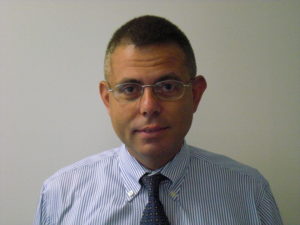 Biography
Biography
